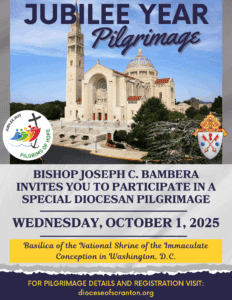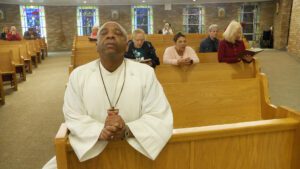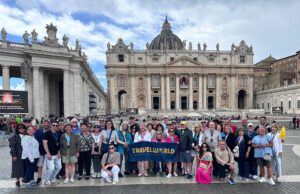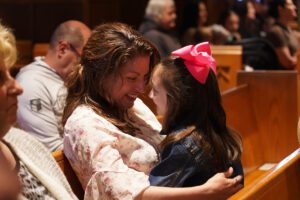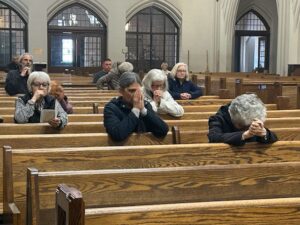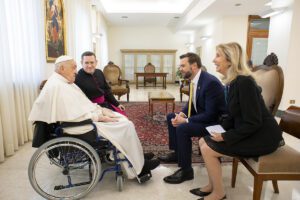SCRANTON – The faithful of the Diocese of Scranton are invited to attend the Diaconate Ordination Mass for seminarian Jan Carlo Perez on May 24, 2025.
The Most Rev. Joseph C. Bambera, Bishop of Scranton, will celebrate the 10:00 a.m. Mass at the Cathedral of Saint Peter, 315 Wyoming Avenue, Scranton.
The celebration will be broadcast live on CTV: Catholic Television of the Diocese of Scranton and livestream on the Diocese of Scranton website, YouTube channel, and all over Diocesan social media platforms.
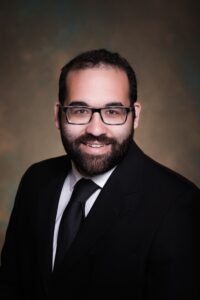
“Ordination to the Diaconate is a very important event in the life of the Diocese,” Bishop Bambera said in announcing the Ordination Mass. “I sincerely hope that your schedule will permit you to attend this special celebration.”
Perez’s home parish is Saint Matthew Parish in East Stroudsburg. He has been studying at St. Mary’s Seminary & University in Baltimore.
As he prepares for his ordination to the diaconate, Perez has spent a lot of time praying and reflecting on the promises he will make during the Mass. Those promises include celibacy, obedience to the Diocesan Bishop, and increasing his prayer life by praying the Liturgy of the Hours.
“One of the promises is to continue configuring myself to Christ and that is really all I want,” Perez said. “I want to be more like Jesus. I want to be Jesus for other people.”
On May 24, Perez will be ordained as a transition deacon, which generally occurs after a seminarian has completed at least three years of study in theology and takes place usually one year prior to priestly ordination. A transitional deacon can be an ordinary minister of Baptism, and will be able to preside at weddings, assist the priest at Mass, proclaim the Gospel and preach, as well as preside at wakes and funeral services.
Perez is already looking forward to serving the People of God.
“There’s a need for Hispanic ministry. I think there’s a need for scripture study and I want to help people come to a deeper understanding of their faith, to trust in Jesus more, to trust in God more, and to live out this mystery that God has given to us,” Perez explained.
Perez said his vocation was “born” on the altar of Saint Matthew’s Parish because he often would attend Eucharistic Adoration after school on weekdays.
“It was only when I was 15 or 16 that I began to come to faith and know Jesus especially through the Scriptures and through His saints. It was through the example of certain saints, like Saint Padre Pio, that I really began to desire the priesthood,” he added.
Perez also points to an eight day silent retreat as being very important to his formation.
“I think I left those eight days a different person. God really revealed himself to be my father that loves me and cares for me,” Perez said about his experience. “The image of God that I had in my mind was a false image. He was a lot more harsh and judgmental, possibly because that is who I am, but that is not who He is. In those eight day, He showed me how wrong I was.”

